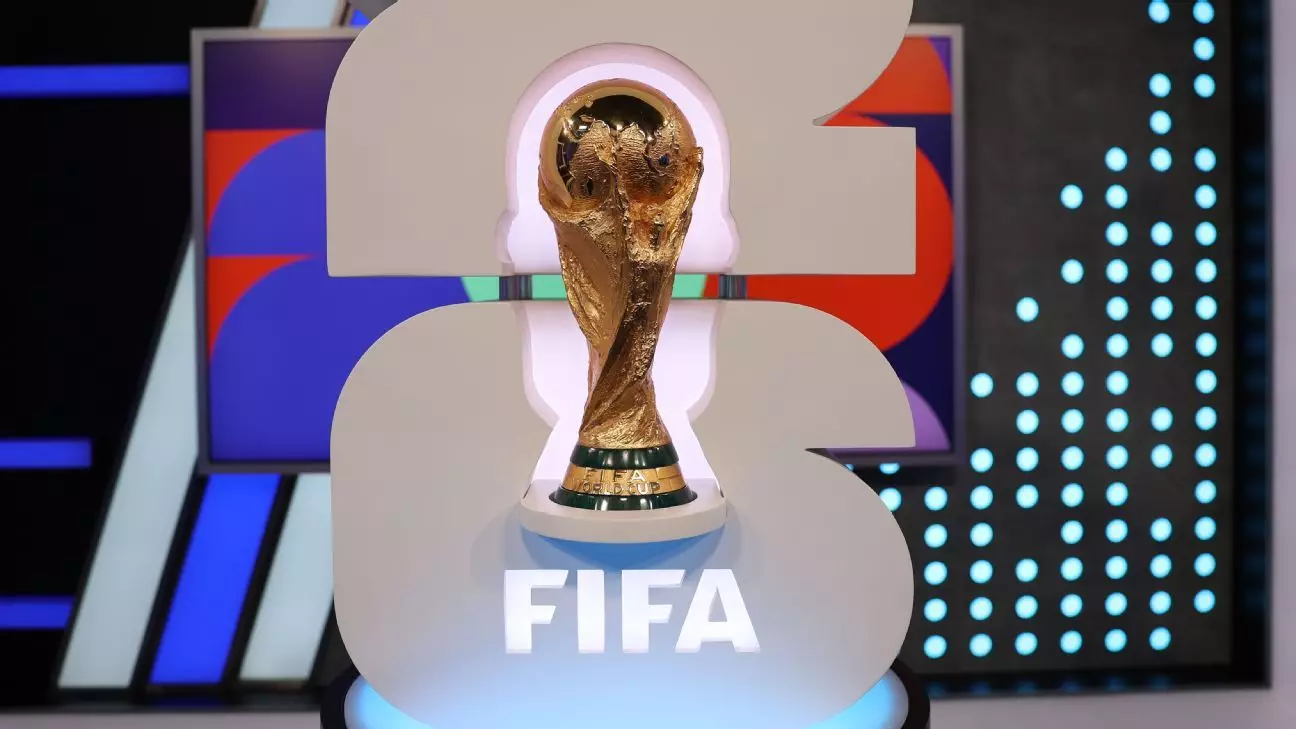The journey to the 2026 FIFA World Cup, set to take place across the United States, Mexico, and Canada, is on the horizon, particularly for European nations aiming to secure their spots. The decisive draw for qualifying teams in the UEFA confederation will take place on December 13, unveiling the complexities surrounding the qualification process. Here’s a detailed examination of this much-anticipated event.
The upcoming draw represents more than a mere selection process; it is a critical juncture for European nations aiming for World Cup glory. While the precise time of the draw is yet to be released, its implications will be felt across UEFA member associations. Historically, the qualification process relies on a combination of rankings, playoff results, and Nations League performances that determine the fate of these teams.
The draw is particularly notable for the eight nations involved in the UEFA Nations League quarterfinals, which are automatically allocated to Pot 1 alongside heavyweights such as England, Belgium, Switzerland, and Austria. This ensures that these top-performing teams have a favorable position, increasing their odds of progressing to the World Cup.
In total, there are five pots categorized based on current FIFA World Rankings, which will shape the groupings for the tournament. Pot 1, featuring the UNL quarterfinal winners and top-ranked countries, sets the stage for a series of compelling matchups. However, the process is intricate. As it stands, the eight UNL quarterfinalists—having performed admirably in recent competitions—must be strategically placed to maintain balance across the groups.
In a notable change to prior regulations, FIFA updated the draw rules in November 2023. Teams in the lower pots, particularly from Pot 2, 3, and 4, will no longer be forced into contending against solely UNL quarterfinal winners or equivalent high-ranking teams. This reform aims to level the playing field, ensuring that pathway to the World Cup remains competitive and exciting.
The qualifying structure comprises 54 active UEFA nations vying for 16 available spots at the 2026 World Cup, an increase from the previous cycles. Specifically, 12 group winners will earn direct qualification while runners-up will battle for the final four playoff positions. This dynamic not only enhances the stakes but also adds layers of strategy and anticipation as nations prepare for the qualifiers beginning in March 2024.
A fundamental aspect of the qualifiers is the classification of groups into either four- or five-team structures. Countries within five-team groups will compete earlier, starting in March, while four-team groups will begin their campaigns in September. Furthermore, the inclusion of Nations League playoff teams, which will emerge from the February 2024 preliminary rounds, creates additional uncertainty regarding squad placements and match outcomes.
Deciphering the Playoff System
The playoff system is another critical facet of this qualification journey. UEFA’s strategy includes a comprehensive approach that engages top-tier teams through the Nations League. Teams ranked 1-14 in the latest Nations League groups get the chance to compete for remaining World Cup berths, a process designed to elevate competitive integrity.
In this playoff landscape, the priority is given to teams that did not finish in the top two of their respective qualifying groups, ensuring that the most deserving teams remain in contention. As such, powerful nations such as Spain, Germany, and England are automatically favored due to their ranks, but potential upsets from lower-ranked teams could prove pivotal.
A significant aspect of the playoffs will involve perfunctory matchups held in March 2026. The team performance in these one-off ties will determine their ultimate fates, providing each competing nation with a final opportunity to clinch their spot in the prestigious tournament.
The Broader Implications for European Football
As the December draw approaches, the excitement permeates through the European football community. The stakes are extraordinarily high for nations not only seeking glory but also aiming to bolster their footballing legacies. The outcome of the draw will define the competitiveness of European teams on the world stage, shape fan experience, and influence football culture across the continent.
The upcoming draw encapsulates both the hope and ambition of nations across Europe as they prepare for the 2026 FIFA World Cup. Each decision and placement in the qualification process will resonate, marking pathways of winners and the thrill of competition in the world’s most celebrated tournament. Ultimately, the draw is just the beginning of a labyrinthine journey toward footballing honor.

